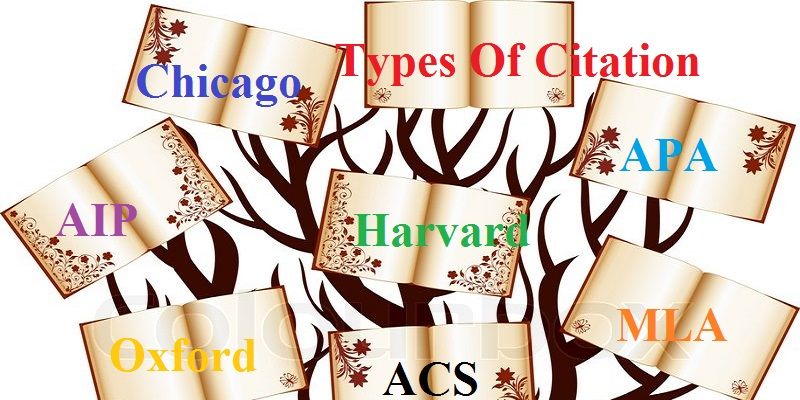
A Guide To Referencing Citation Styles
A referencing style establishes systems of referencing with consistent rules. Referencing style requirements cover the two elements of a referencing system:
- In-text citations such as author-date citations or footnotes
- Reference lists or bibliographies
There are various referencing styles, each with different features and origins. Some disciplines have developed their own style. For instance, the American Psychological Association (APA style) was developed specifically for Psychology. Some disciplines have adopted a particular referencing style, while other disciplines use various referencing styles. It is up to students to familiarize themselves with the referencing style required for each subject.
Note that consistency is key. Do not mix referencing styles within one piece of writing.
Which Referencing Style Should You Use?
To figure out which style to use:
- Check your assignment instructions or Unit Guide
- Ask your instructor
- Consult your faculty handbook and/or style guide
- Look at samples of work from your department
A Guide To Referencing Styles
ACS - American chemical society
- Generally used in chemistry
- Reference: Dodd, JS (ed) 1997, The ACS style guide: A manual for authors and editors, 2nd edn, ACS, Washington DC.
AIP - American Institute of Physics
- Generally used in Physics
- Reference: Hathwell, D & Metzner, AWK 1978, Style manual for guidance in preparation of papers, 3rd edn, NY. AIP style manual 1990, American Institute of Physics, NY
APA - American Psychological Association
- Style feature: Author and date in text
- Generally used in Psychology, Education, Anthropology, and other Social and Behavioral Sciences.
- Reference: Publication manual of the American Psychological Association 2001, 5th edn, APA, Washington DC
Chicago – University of Chicago Press
- Style feature: Author-date and/or note system
- Used in Humanities, Social, Biological and Physical Sciences
- Reference: The Chicago Manual of Style 2003, 15th edn, The University of Chicago Press, Chicago
Harvard - Harvard University
- Style feature: Author and date in text
- Used in Natural sciences, social sciences, and Education, Business
- Reference: Simplified version of the Chicago style, as documented in Anderson & Poole, Thesis and Assignment Writing.
IEEE - Institute for Electronics & Electrical Engineers
- Used in Electronics, Electrical Engineering
- Reference: Library citing and referencing website:
http://www.lib.monash.edu/tutorials/citing/ieee.html
MLA – Modern Languages Association of America
- Style feature: Author and page number in text
- Used in Humanities, Modern languages, Literature, and other fields
- Reference: Gibaldi, J 2003, MLA handbook for writers of research papers, 6th edn, MLA, New York
Oxford or footnoting –
- Style feature: Number in text details in notes for each entry
- Used in Arts, History, English, Literature
- Reference: style manual for authors, editors and printers 2000, 6th edn, Canberra Ausinfo
Vancouver – Developed at a meeting in Vancouver, 1988.
- Style feature: Number in text for each source
- Used in Medicine nd Humanities
- Reference: uniform requirements for manuscripts submitted to Biomedical journals’, in British Medical Journal, 6th Feb 1988, vol.296, pp. 401-405
